-
 70646 Hits
70646 Hits
-
 95.18% Score
95.18% Score
-
 51 Votes
51 Votes
|
|
Area/Range |
|---|---|
|
|
45.60000°N / 24.73330°E |
|
|
Hiking, Mountaineering, Trad Climbing, Sport Climbing, Toprope, Ice Climbing, Scrambling, Skiing |
|
|
8346 ft / 2544 m |
|
|
Luk Zem Videos
Overview
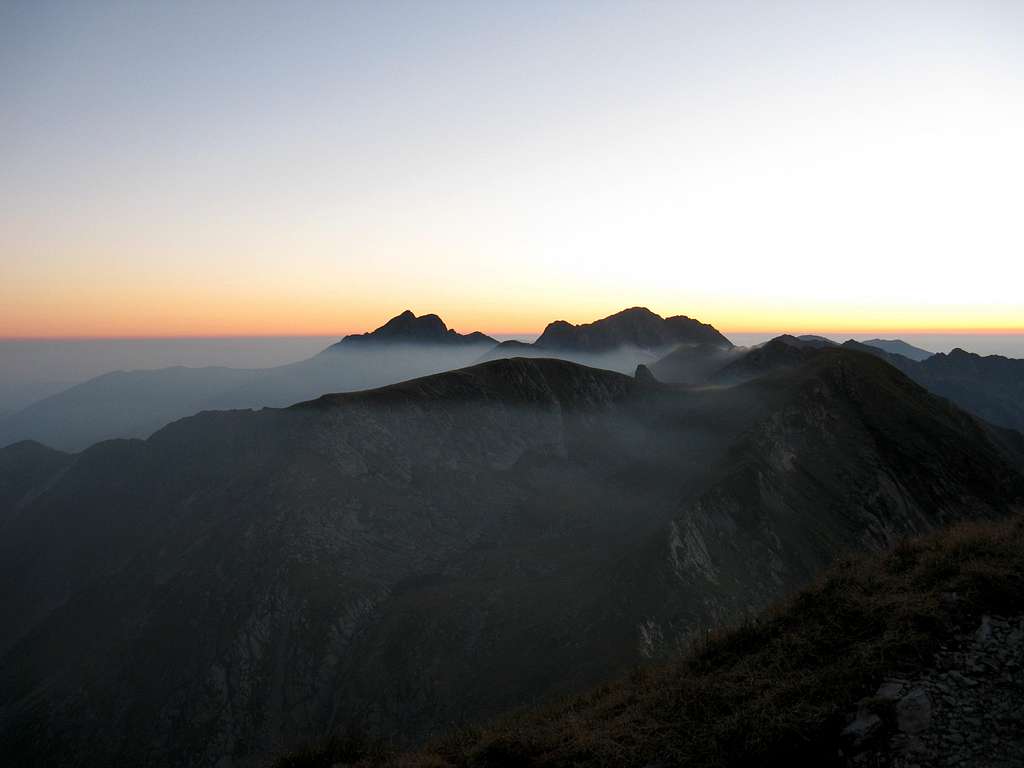
The Făgăraş Mountains belong to the South Carpathians and are one of the most impressive mountain ranges in Romania. They are the country's highest and largest mountains, covering an area of 3,000 square kilometers. Across the Carpathians, there is only one mountain range which is higher than the Făgăraş, namely the Tatra Mountains which rise at the opposite, northern end of the Carpathian arc. The main ridge of the Făgăraş forms a massive spine, which extends west to east in a fairly straight line for more than 70 kilometers - from the valley of the Olt River to the Piatra Craiului and the Iezer ranges. It never drops below 2000 m over a distance of about 50 km. In the Făgăraş sit eight of Romania's fourteen peaks rising above 2500 m. There are also at least 42 peaks whose elevations fall within the 2400-2500 m brackets. The highest peak of both the Făgăraş Mountains and Romania is called Moldoveanu and rises to 2544 m in the heart of the Făgăraş. But no less renowned than Moldoveanu is Negoiu: rockier, reigning in the west, at 2535 m the second highest summit in Romania.
A Romanian poet Lucian Blaga overwhelmed by the beauty of the Făgăraş Mountains wrote: "God, please stop the clock with which you measure eternity." The awe-inspiring, wild scenery - a sea of magnificent peaks, endless ridges, deep valleys, narrow crests and picturesque tarns - prompted the French scientist Emmanuel de Martonne to refer to the Făgăraş Mountains as the Transylvanian Alps. This nickname is more often used, however, for all of the South Carpathians. The Făgăraş Mountains form the bulk of a little bigger mountain group which is named after them and which contains the Făgăraş proper and a couple of mountains a bit farther south: the Coziei Mountains and the Iezer Mountains. In fact, the latter can be thought of as part of the Făgăraş proper. On the other hand, among the extremely long lateral ridges branching off the main ridge to run southward there are two that are sometimes listed as separate mountain ranges: the Frunţii Mountains (the ridge sent south by Negoiu) and the Ghiţu Mountains (a ridge branching off not far from Moldoveanu). They can be easily located on the map as they have become separated by a big dam called Lacul Vidraru. The Făgăraş is formed mostly of metamorphic rocks, such as gneiss and schists. In few places thin layers of limestone can be found. The relief of the mountains was shaped by Pleistocene glaciers, hence the U-shaped valleys divided by jagged crests. In the northern valleys the glaciers were up to five km long. On the other, southern side the Valea Rea glacier had a lenght of nine km. These winter photos were taken by Vasile.Hosu: The following table lists - from west to east - all eight mountains that rise over 2500 meters and some other outstanding peaks.
In summer, the Făgăraş Mountains are a paradise for backpackers, who usually attempt to trek along the main ridge. Such a trek takes 5 to 7 days, most people are carrying a tent. On days of inclement weather - virtually unavoidable in these mountains, usually swept by high winds and often battered by storms - shelter can be sought in one of the few rudimentary refuges (see Huts and Refuges), of which the refuge by Lake Călţun is the most popular. The most difficult, chain assisted section of the marked trail running along the main ridge is near the peaks of Şerbota and Negoiu in the western part of the Făgăraş. This part of the mountains, especially the surroundings of Negoiu and Vânătoarea lui Buteanu, is more jagged (and readily accessible from Bâlea Lake), hence more popular with rock climbers and mountaineers too. Especially the northern spurs - wild, cut off from the crowds, shattered, abrupt, partly vegetated – can make for memorable climbs which can be graded up to 3B (Romanian scale). A relatively easy (UIAA grade III or perhaps IV) but pretty attractive route with the famed Rabbit Ears, runs along a stretch of the main ridge over the summits of Vârtopel and Arpăşel. Although generally lack of rocks such as granite results in technical climbing in summer being somewhat limited, impressive crags with difficult routes do occur also in the eastern part of the Făgăraş, Colţul Bălăceni being a case in point.
In winter, a wider area offers many a breath-taking mountaineering option, and the traverse of the main ridge is quite an endeavor. Along a route of over 70 km you will be slogging along a wild ridge with many tricky cornices, and you will have to traverse many places where the avalanche danger is high. In February 1972, a German-Czechoslovak team succeeded in doing the traverse of the highest and rockiest part of the main crest, covering thirty-six summits at above 2300 m. The feat took them as much as 12 days. As far as skiing is concerned, there is plenty of terrain for skiers of various skill. Good, natural slopes can be found near the following huts: Urlea, Sâmbăta, Turnuri, Podragu, Capra, Bâlea, Negoiu, Bârcaciu, Capra. Ski alpinism will be cool on the north-south crossings, there are plenty spots for extreme skiing, while ski touring on the southern ridges you will be practically cut off from civilization.
The northern slopes of the Făgăraş Mountains, facing Transylvania, are shorter and steeper, whereas the lateral ridges and valleys branching south of the main ridge drop toward the sunny Muntenia more gradually, being up to 30 km long. Therefore, they are deserted and wild - very few hikers have roamed the area. |
When To Go & Climate
If you are a hiker you should come in summer. Early autumn can also be a wonderful - besides being colorful - time, but all this varies between years. As for the summer, August seems to be best, July tends to be very rainy. Some summers have been kind of horror: hurricane force winds, frequent thunderstorms, torrential rains, freezing weather. You'd better be careful when planning your trip. You must realize that a walk-up from the foothils to the main ridge takes at least 10 hours. It is good to start the ascent early in the morning, when the weather conditions are favourable. In winter and spring, the risk of avalanches is usually high.

The climate of the Făgăraş Mountains is alpine and is harsher than the climate of most of the mountain ranges the Carpathians are made up of. The average temperature, the intensity of the winds and the level of precipitation depend on the altitude and the orientation of the mountain faces. The Făgăraş Mountains are characterized by the highest amount of rainfall, which reaches an annual 1400 mm per year.The average yearly temperature in the alpine regions (above 2000 m) is -2°C. Encountering patches of snow in mid-June is not a rare thing. Across the Carpathian Mountains, the most frequent avalanches occur in the Făgăraş. The most deadly accidents in Romania's mountains have been registered here.
Lakes


|
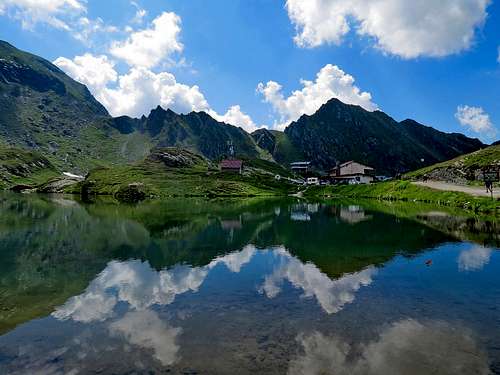
|
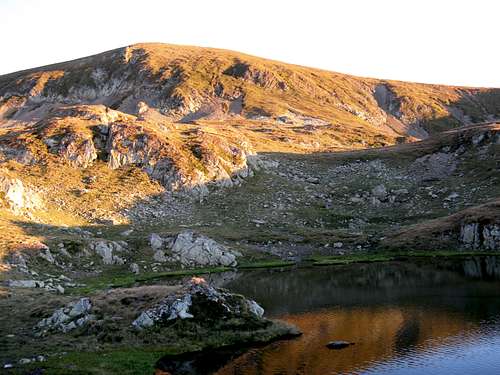
|
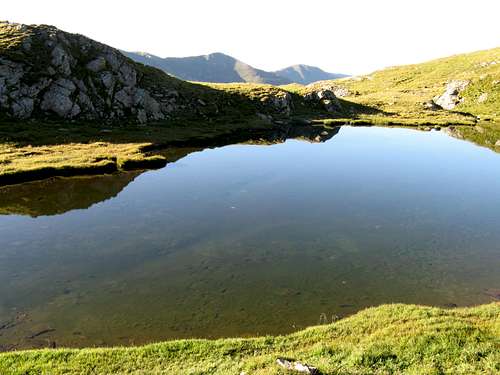
|
Flora & Fauna
The diversity of vegetation cover is determined by altitude.
Red Tape, Camping & Hazards
Because the Făgăraş Mountains are not a National Park yet, you can pitch the tent practically everywhere.There are only a few nature reserves in the Făgăraş Mountains, namely: the area around Lake Bâlea, the clearing with daffodils near Vad, the hunting reserve in the Arpaşul Valley and the fossils reserve near Turnul Roşu. Although the Făgăraş Mountains are home to many unique species of the Carpathian animals and plants, the number of nature reserves isn't big yet.
- Bad weather
- Flock-guarding dogs (see description and comments below this pic)
- Bears (they're not as much of a problem as in the Bucegi Mountains since they're not depraved by tourists yet): Try to put up your tent above timberline, don't keep food inside, check out the following link to find out how to behave if you meet a bear
- Adders (a bite shouldn't kill you unless you are allergic but serum will be necessary)
 Not always this peaceful, not always the shepherds around - photo by yamesu
Not always this peaceful, not always the shepherds around - photo by yamesu Mountain Huts & Shelters
The main ridge of the Făgăraş Mountains is completely free of any manned refuges. However, there are several shelters.| Shelter | Elevation (meters) | Nearby Peaks | Nearest source of water (minutes) | Capacity (persons) | Location |
| Hut, elevation in meters | Nearby Peaks | Nearest Train Station/DN | www/e-mail | Telephone/Mobile | Remarks |
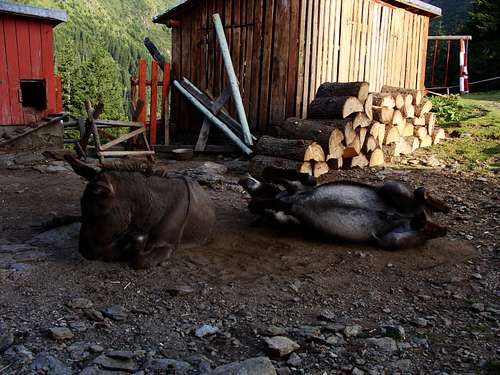 Friends from Negoiu Hut - photo by vegareve
Friends from Negoiu Hut - photo by vegareveGetting There
Most of the routes start from the DN1 highway between the cities of Sibiu and Făgăraş. On the south side most routes begin at Curtea de Argeş, although there are two which run from the Olt Valley up the western reaches of the mountains and there is an eastern route which runs west from the foot of the Piatra Craiului Mountains, namely from Plaiul Foii Hut, accessible from the town of Zărneşti (railway station).
- Bucharest airports
- German Railways
- Romanian Railways
- Tips to help you drive acrosss Romania: on the outstanding Retezat page by Peterbud
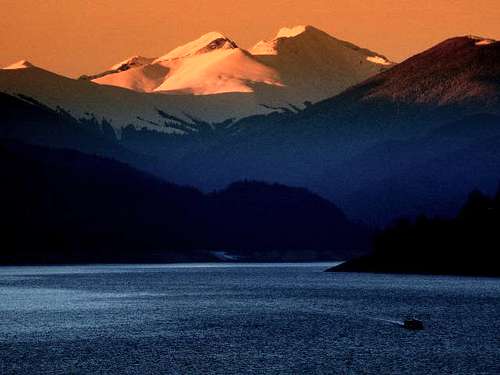 Lespezi and Negoiu towering over Vidraru Dam photo by TheCrow
Lespezi and Negoiu towering over Vidraru Dam photo by TheCrowMaps & Books
|
Weather & Rescue Service
- Weather forecast for Făgăraș Mountains on freemeteo.ro
- AccuWeather forecast for Făgăraş town
- meteoromania.ro
- Webcam at Bâlea Lac
| Area covered | Rescue team | Name | Phone number |
Select External Links
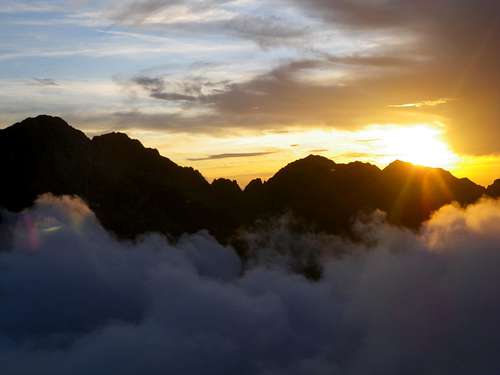
- magiamuntelui.blogspot.com - fantastic, detailed photo TRs
- Mountainguide.ro - info for tourists, hikers, bikers and rock climbers
- Photos on carpati.org
- BBC report on a winter accident




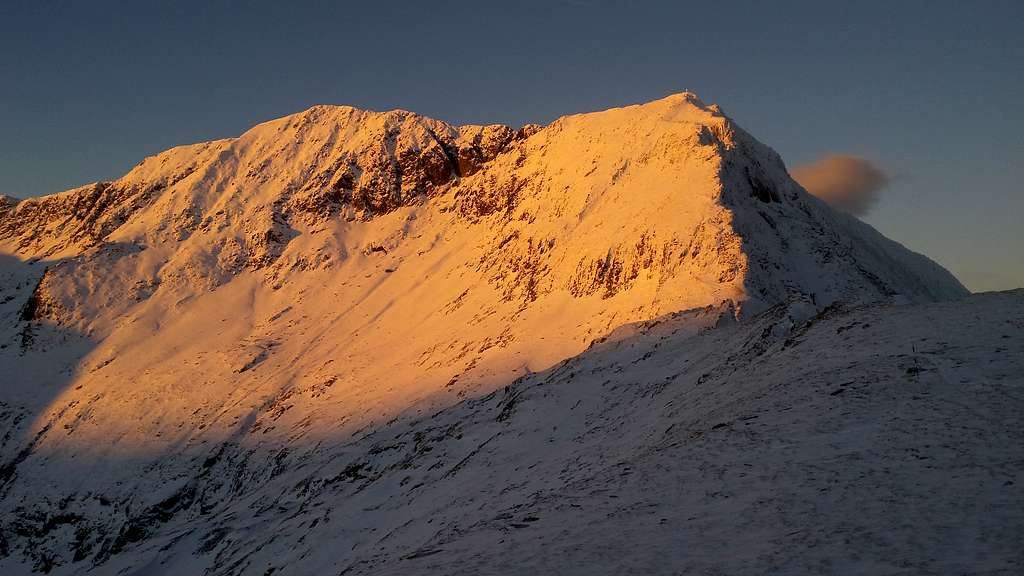
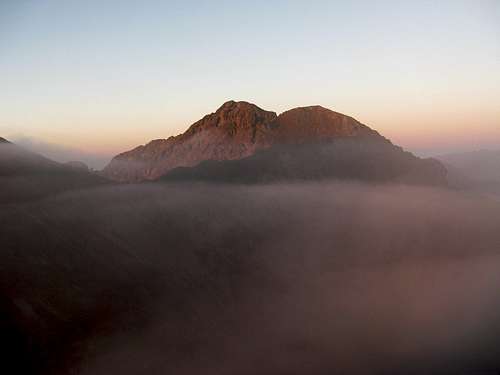
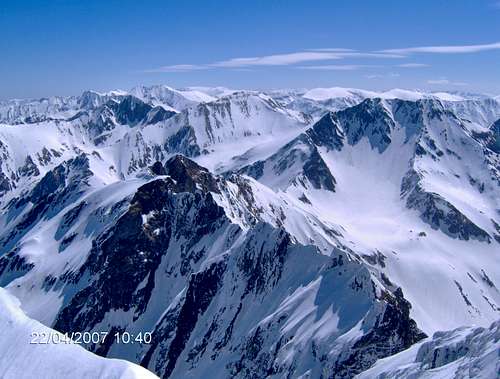
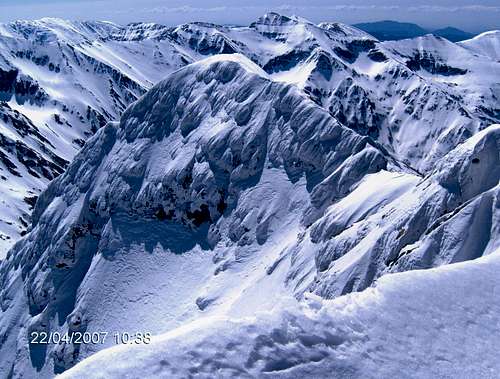

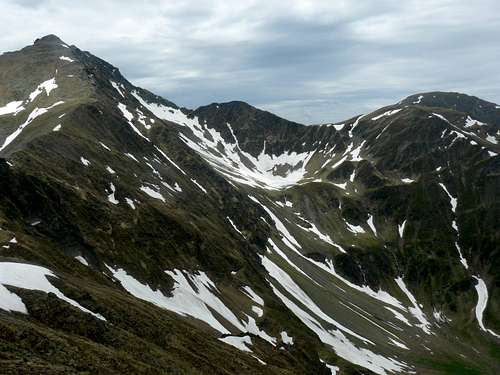

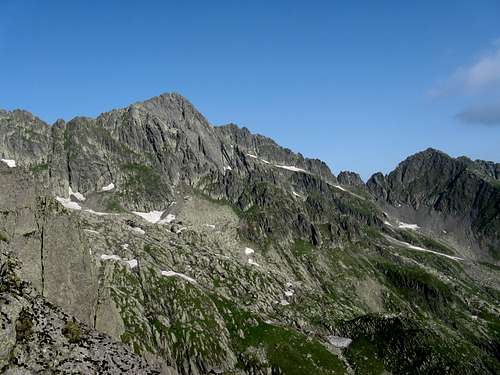

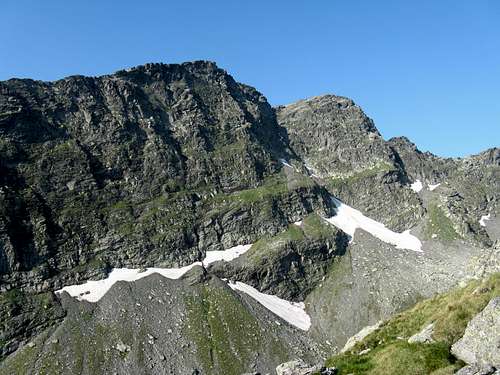
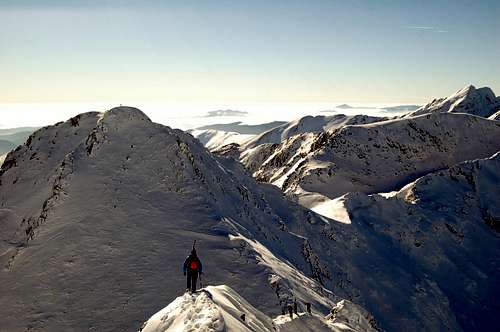
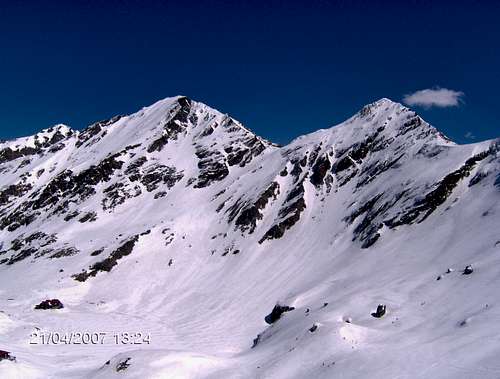

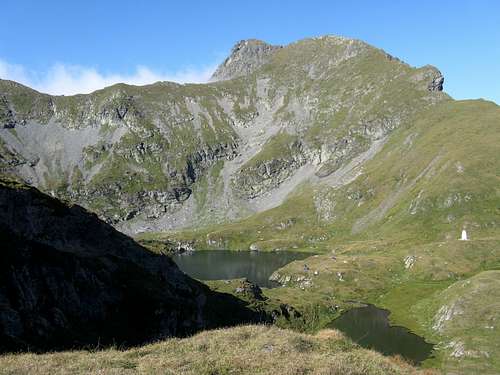
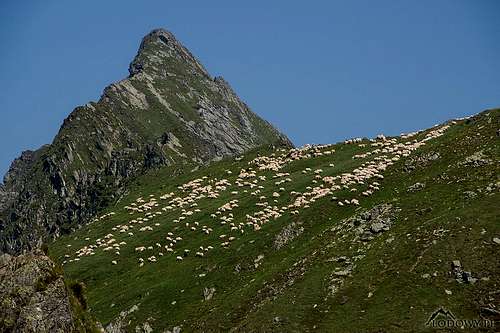
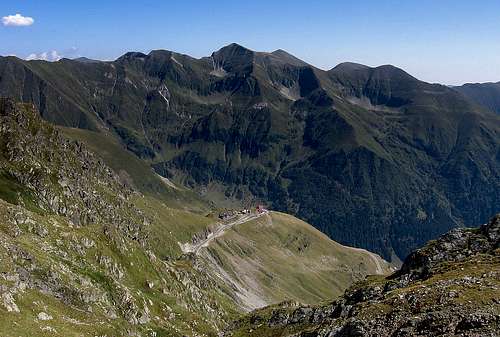
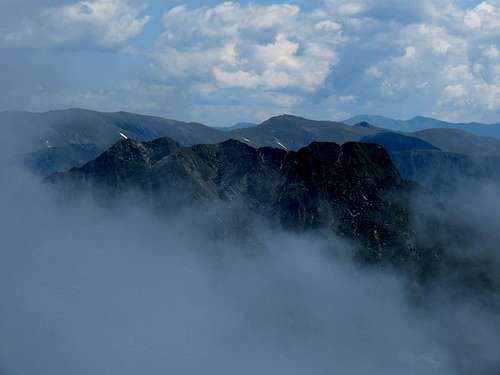
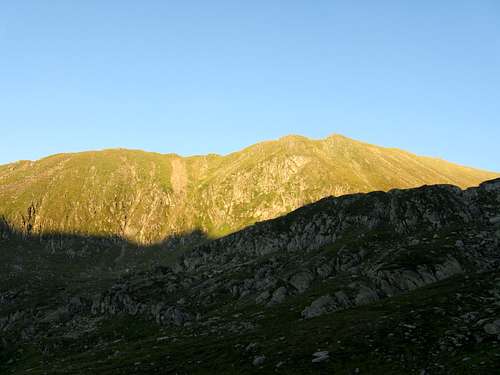
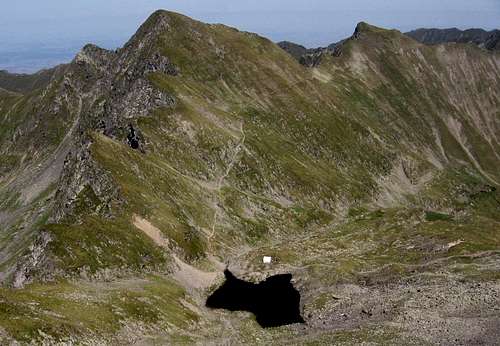
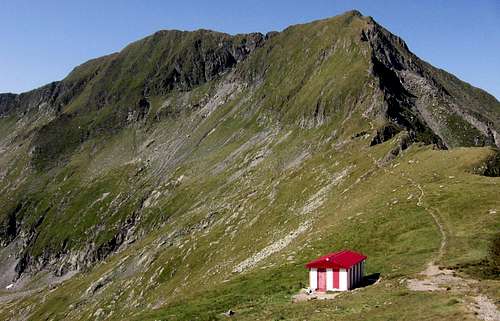
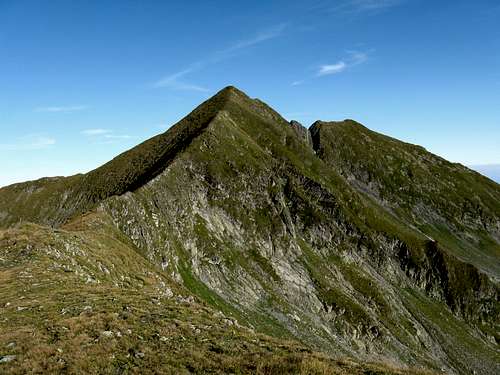

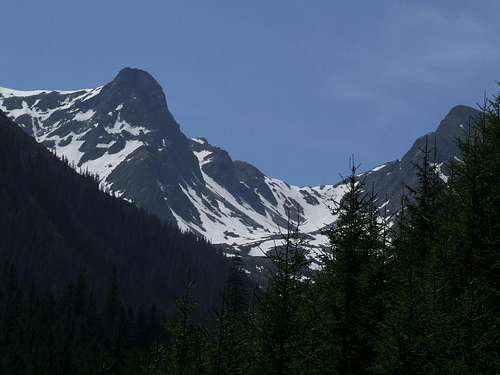
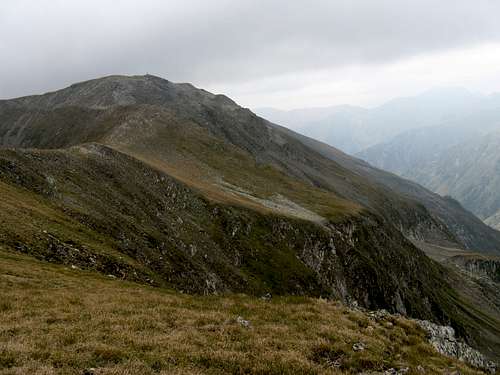
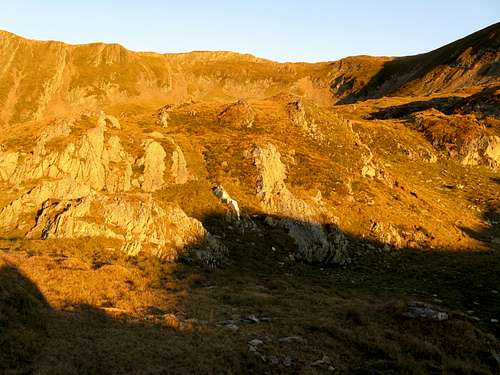
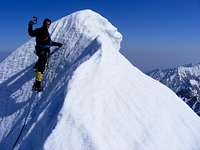
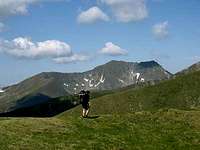
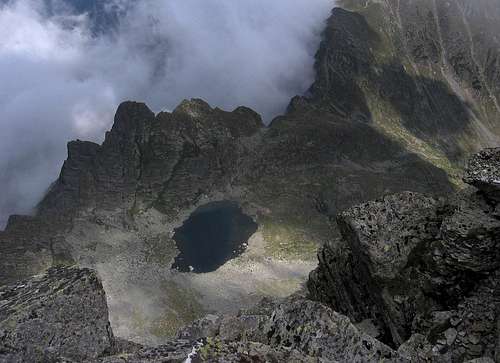
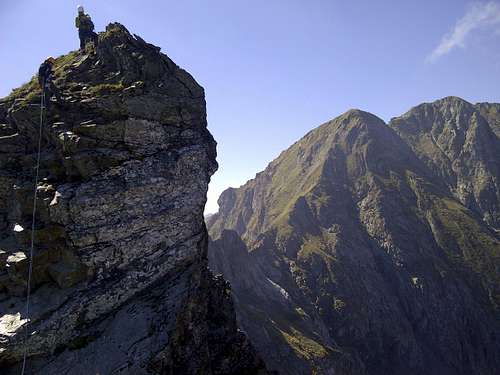
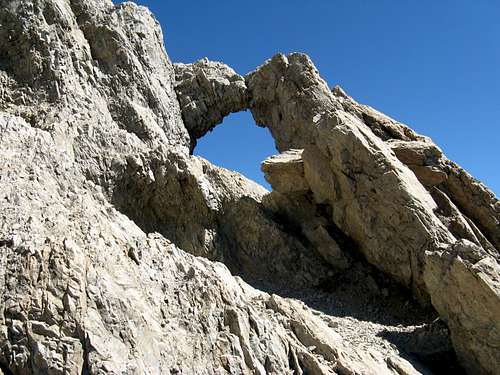


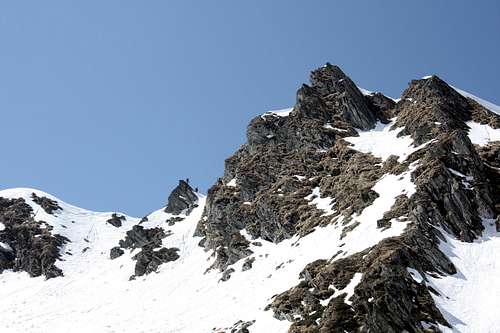
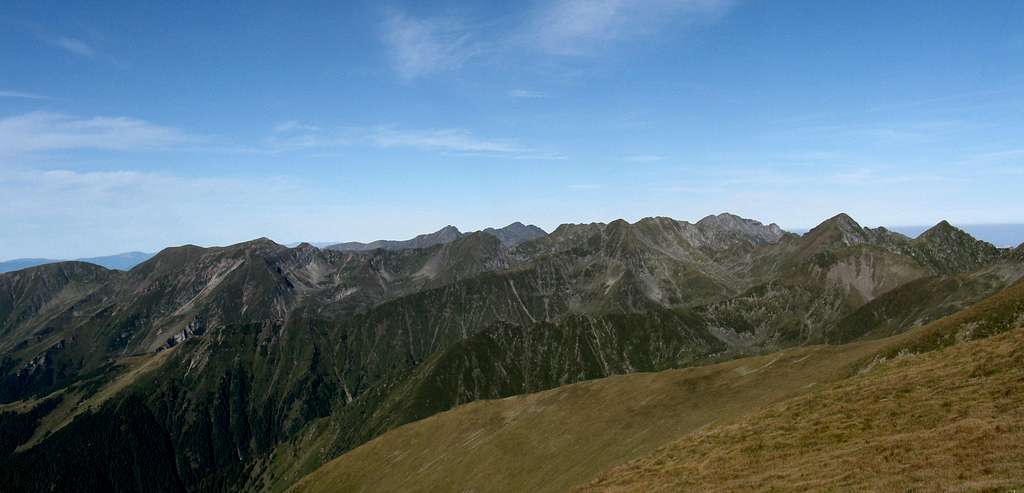

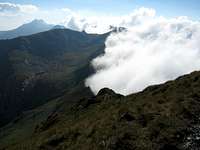



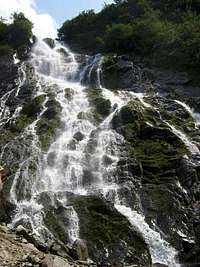
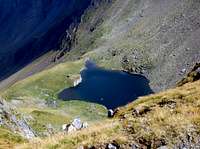


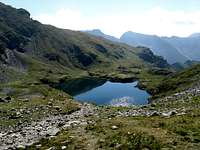





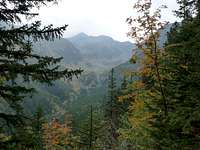








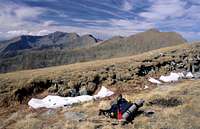









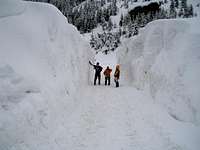


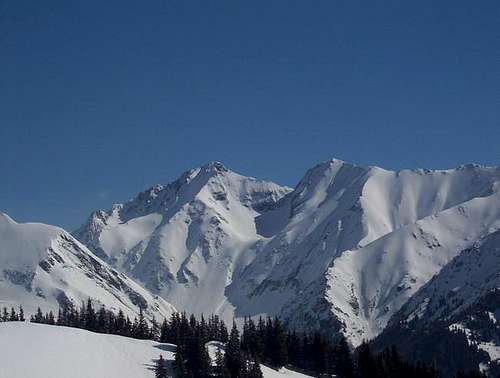

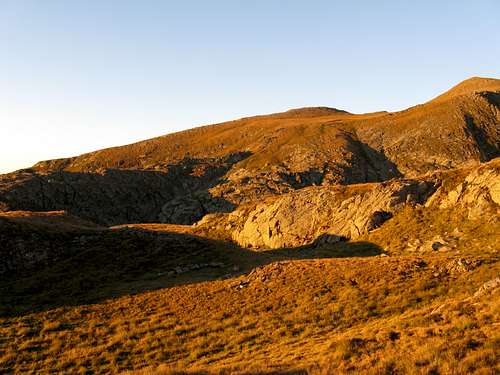
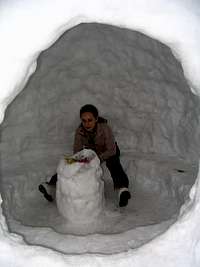

dorucalinciobanu - May 19, 2014 1:01 pm - Voted 10/10
Additions1. Best online free downloadable resources (Guidebook - Romanian - 6 vols. & Map - 2012): http://www.romania-natura.ro/node/24 2. Best weather forecast for Făgăraș mts.: http://freemeteo.ro/weather/muntii-fagaras/7-days/list/?gid=678498&language=english&country=romania
LukZem - May 21, 2014 10:11 am - Hasn't voted
Re: AdditionsThanks a lot.